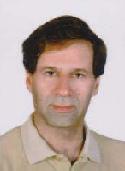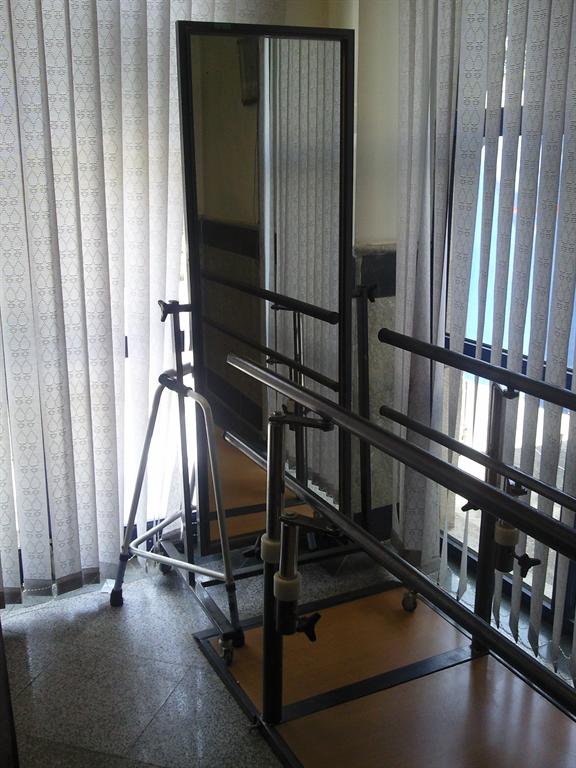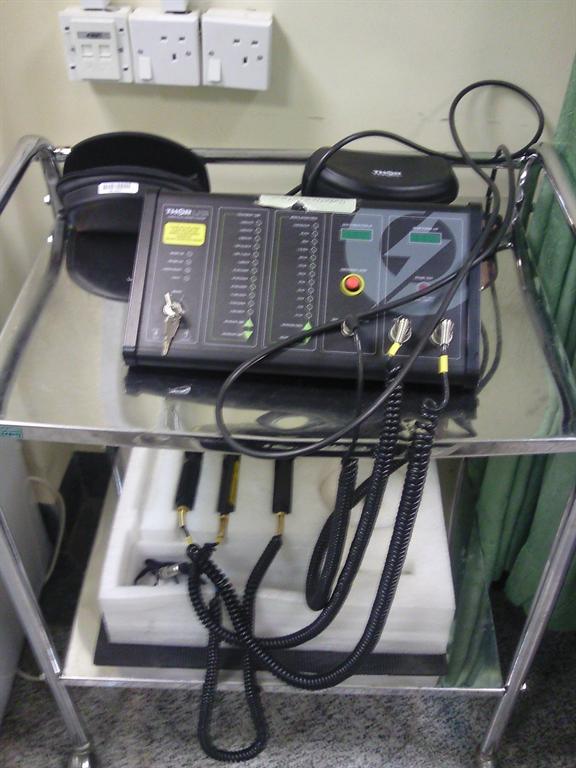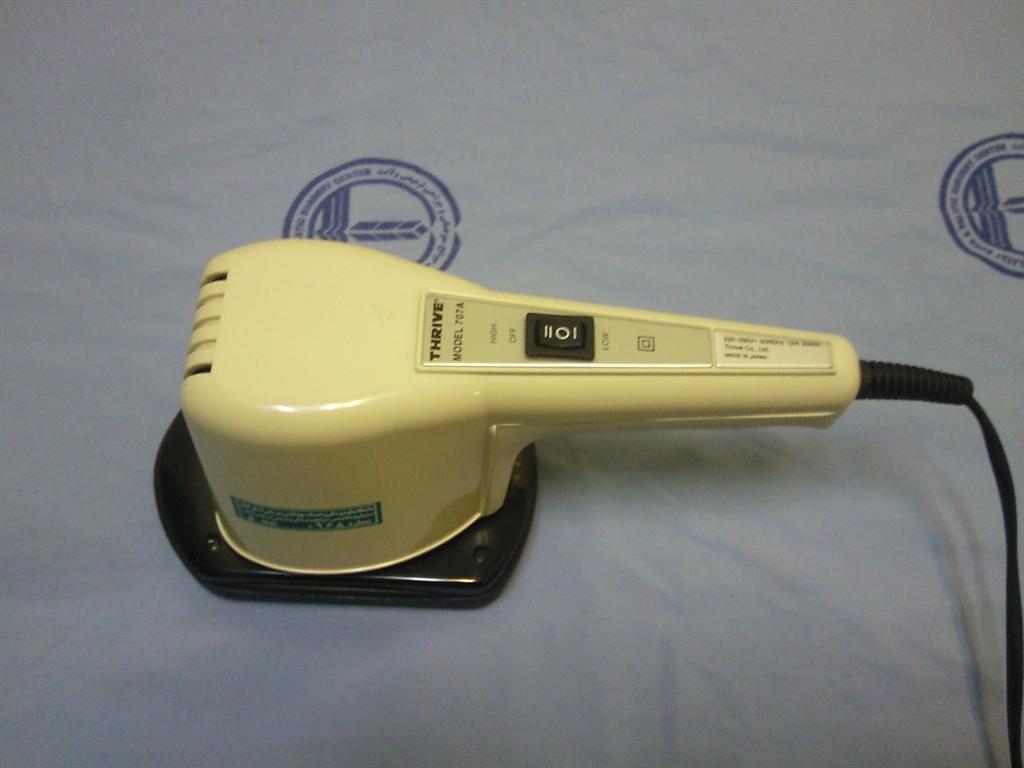Breaking News
- 1401/03/04 The head of the board of cell and applied sciences of the Ministry of Health, Treatment and Medical Education visited the educational center of the province
- 1401/02/24 Appointment of Zahra Kazemi as the director of the province's educational and medical center
- 1401/02/17 It was held in the province's educational and medical center to commemorate the World Hand Health Day
- 1401/02/12 Dr. Mohammad Reza Mobin issued a message congratulating the arrival of Eid al-Fitr
- 1401/01/30 In honor of Hakim Jorjani, the laboratory staff of the province's medical training center was honored
- 1401/01/28 Iftar dinner with Ehsan seasoning
- 1401/01/22 Dr. Arsalan Salari, President of Guilan University of Medical Sciences, visited the province's educational and medical center
- 1401/01/09 Gaining the Medal of Talay Jahanwara
- 1400/12/16 Appreciation of Ayatollah Fellati Namayandeh Wali Faqih Dar Estan Gilan Az Pechohshagran and the investigators of Bimaristan Vilayet Rasht
- 1400/12/07 Collaboration of the Burn Society Center with the Pasteur Institute of Iran and the Research Center for New Technologies in Cardiovascular Diseases
Physiotherapy
Responsible: Massoud Jarchian

Master of Physiotherapy
Internal phone number: 228
Access path: Ground floor
Physiotherapy is a method of treating diseases and neuromuscular-skeletal disorders using mechanical equipment, electrical currents, manual maneuvers, exercise and other physical factors, especially burns. These methods use exercise, light, ultraviolet and infrared rays, heat and electricity. The word physiotherapy is made up of "physio = physical or natural" and "therapy = treatment", meaning a combination of physical therapy. In physiotherapy, the goal is to improve the physical function of the body. However, due to the interference and communication between body systems, physiotherapy treatments performed by physiotherapists directly or indirectly improve the function of the body's physiological system.
Treatment in physiotherapy is generally divided into three main groups:
1- Exercise therapy
: Physiotherapist by prescription; Performing and teaching specific therapeutic exercises; It treats the patient or increases the level of health.
2. Electrotherapy:
The treatment is performed by special devices. These devices usually have special waves (microwave waves; short radio waves; ultrasound waves; electric waves) which are all produced and changed by the device in a special way.
3- Hand therapy skills.
Applications of physiotherapy in burn patients admitted to the ward
Reduce hospitalization time
Reduce hospitalization complications
Therapeutic interventions used by physiotherapists
Exercise therapy
Hand treatment
Biofeedback therapy
Heart and lung physiotherapy
Types of modalities such as:
Traction - Ultrasound - Hot packs - Laser - Electrotherapy - Prescribing aids such as prostheses
Physiotherapy for burns:
Usually, burns, lesions and complications occur in the neuromuscular-skeletal system, which requires physiotherapy to prevent and reduce its effects. Complications and lesions of burns may be related to: joint range of motion, scarring, adhesions and tissue shortening, joint deformity, decreased muscle strength, impaired muscle coordination, respiratory problems, peripheral and central nerve damage. It occurs mostly in electric shocks. In some cases, the peripheral nerve lesion is caused by a deep wound. Sometimes there is a direct burn of the nerves, and in some cases they may be pulled by the scar tissue, or they may be pressed due to tissue adhesions. Gait disturbance during lower limb burns.
In this center, equipment includes:
parallel

Stationary bike

Laser power

Vibrator

combination therapy & ultrasound

infrared

Each of these devices can be used according to the patient's needs and diagnosis. The center is ready to provide services to patients inside the center and outpatients from outside during the day of the month from 8 am to 2 pm. At present, this unit is managed by two staff members of Ms. Physiotherapist.
The physiotherapy unit announces the necessary recommendations for burn patients when leaving the hospital as follows:
To achieve the best therapeutic results, the following care should be taken for 6 to 18 months after the burn.
1- Visiting the physiotherapy department daily or once in a while, whether they have a dressing or not, to learn the exercises required by the physiotherapist.
2. Perform the learned exercises in the full range three to four times a day and repeat each movement 20-30 times and increase over time.
3- Due to the dryness of the improved areas, it should be oiled 2 to 3 times a day.
4- It is recommended to wash the burnt areas only with soap or baby shampoo and lukewarm water three times a day after exercise.
5 - To prevent darkening of the skin of the face and hands by exposure to sunlight and moonlight, sunscreen should be used three times a day for 12-18 months after sunburn.
6- To prevent sunlight on the face and hands, you should use a brimmed hat, cotton gloves, sunglasses and cotton scarves.
7. A splint or splint should be used to prevent the joints from contracting in the front of the elbow, back of the knee, ankle, palm and fingers.
8- To prevent the growth of excess meat (hypertrophic scars), first bandage and then burn clothes should be used for 6 to 18 months. Bandages or garments should usually be washed once every three days or whenever they become very oily with baby soap or baby shampoo and lukewarm water, but do not peel them, and then spread them on a horizontal surface to dry. (Such clothes should not be hung)
9- To prevent itching of burnt areas from being in hot environments - Wear tight clothes made of plastic and wool - Keep the skin dry and eat irritating foods such as eggplant and pepper. سیرخودادی کرد.
10. Foods such as eggs. tomato paste . pickles . شیرنیجات. Nuts. Types of sauces. Sausage. Bologna . Banana, tuna. Chocolate . chips . Cheetos . Spices . Angor. Melon. Kiwi . Pears increase itching.
11- To relieve itching, you can use methods such as washing or keeping the burned area moist with cold water. To keep the skin oily, take syrup or anti-itch pill with the permission of your doctor.
.png)


